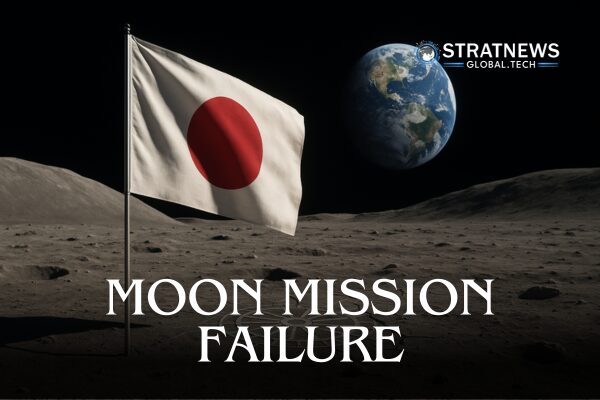ispace Moon Landing Fails Again, Japan’s Lunar Hopes Endure
Second Attempt Ends in Hard Lunar Crash
Japanese space firm ispace has suffered another setback in its lunar exploration goals. Its uncrewed lander, Resilience, likely crashed during its descent to the moon on Friday. This marks the second failed ispace moon landing attempt, following a similar incident in 2023.
The Tokyo-based company aimed to join US firms like Intuitive Machines and Firefly Aerospace, who have already achieved commercial lunar landings. Despite the crash, Japan remains active in lunar exploration, especially through its commitment to the US-led Artemis programme.
Technical Faults Undermined Landing Effort
According to ispace, Resilience lost its ability to gauge its distance from the lunar surface. As a result, the lander failed to reduce its speed in time. The company has been unable to re-establish contact since the presumed hard landing. Potential causes include sensor failures, software bugs or propulsion issues, said Chief Technology Officer Ryo Ujiie.
The loss occurred just minutes before the expected touchdown. More than 500 attendees, including employees and government officials, had gathered for a public viewing in Tokyo. The atmosphere turned silent as flight data disappeared abruptly.
On Friday, ispace’s shares were overwhelmed by sell orders, dropping by the daily limit of 29%. Still, Chief Financial Officer Jumpei Nozaki assured the public that the company remains financially stable, supported by ongoing investor trust.
Lander Carried High-Value Payload
The 2.3-metre-high Resilience lander carried a $16 million payload. This included a four-wheeled rover from ispace’s Luxembourg arm and scientific tools from Japanese businesses and a Taiwanese university. The planned exploration site was Mare Frigoris, a basaltic region near the moon’s north pole.
Had the landing succeeded, the rover and lander were set to conduct 14 days of research, including regolith sampling for NASA. Resilience had launched alongside Firefly Aerospace’s Blue Ghost on a SpaceX rocket in January. Blue Ghost successfully landed in March.
Japan’s Lunar Ambitions Remain Firm
Despite the setback, Japan’s ambition in space remains strong. Last year, the country became the fifth to achieve a soft lunar landing through JAXA’s SLIM mission. Prime Minister Shigeru Ishiba reiterated support for ispace, stating that public expectations remain high.
Experts suggest some Japanese firms may now look abroad for lunar transport, although ispace is still seen as the nation’s leading commercial space player. The company is working on a larger lander for a 2027 NASA mission under the Artemis programme, led by its US subsidiary. ispace plans to carry out six more missions by 2029.
CEO Takeshi Hakamada highlighted the growing role of private firms in space exploration. He noted that NASA needs commercial support to meet its goals under budget constraints, and reaffirmed ispace’s role in aiding future missions.
with inputs from Reuters


